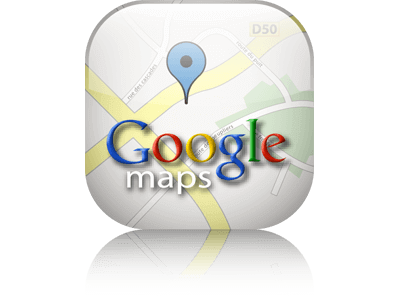
As discussed previously, in this series of blogs I will be discussing various APIs and what uses they have. To recap from my previous post, API stands for Application Programming Interface which we can refer to as “widgets”. These “widgets” allow a website or service to communicate with another website or service. So, they basically give you the power to embed media or information from another website or service into your website.
In today’s post I’ll be discussing the Google Maps API which many of you will already be familiar with and might already be using on your websites. Google launched the Google Maps API in June 2005 so website developers and website content managers could integrate Google Maps into their websites. The API is a free service for any website that is free to consumers.
More than 350,000 [1] websites use the Google Maps API, making it the most heavily used web application development API. From corporate websites wishing to display their location from their contact page, to dating websites, to smartphones using the application as a built in GPS unit, this is definitely one of the most popular and widely used APIs out there.
This is probably mainly due to its ease of use. You go to Google.com, click the "Maps" tab then enter the address, click the link tab  then copy and paste the location embed code into your site. Of course it can be taken up another level where developers can customize the map using JavaScript or Flash to display several different locations as well as other custom details.
then copy and paste the location embed code into your site. Of course it can be taken up another level where developers can customize the map using JavaScript or Flash to display several different locations as well as other custom details.
The Application is now going many steps further offering up-to-date traffic conditions in many major cities across North America, as well as maps also appearing when people do business searches on the net. Then there is good old fun like Street View.
After doing your search, simply drag and drop this guy  from his default position to the area where the location pinpoint is located on the map. This is an amazing feature which allows you to view the actual area in 3D. Obviously there were some privacy issues raised when Google initially began documenting areas for this service but that is beyond the scope of this blog.
from his default position to the area where the location pinpoint is located on the map. This is an amazing feature which allows you to view the actual area in 3D. Obviously there were some privacy issues raised when Google initially began documenting areas for this service but that is beyond the scope of this blog.
If you haven’t already, give the API a try on your website, you won’t be disappointed!























